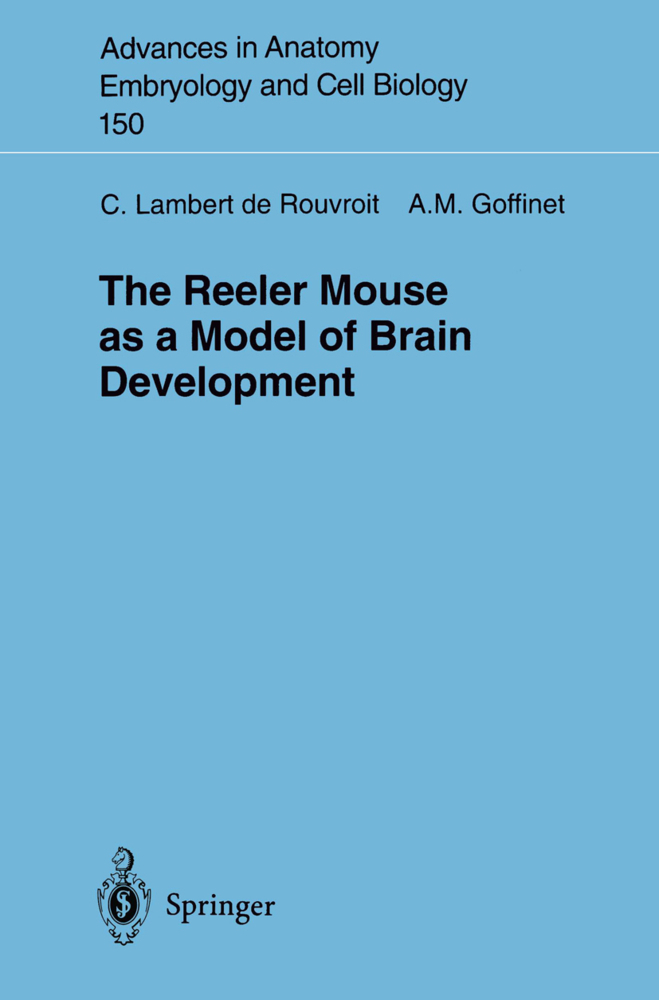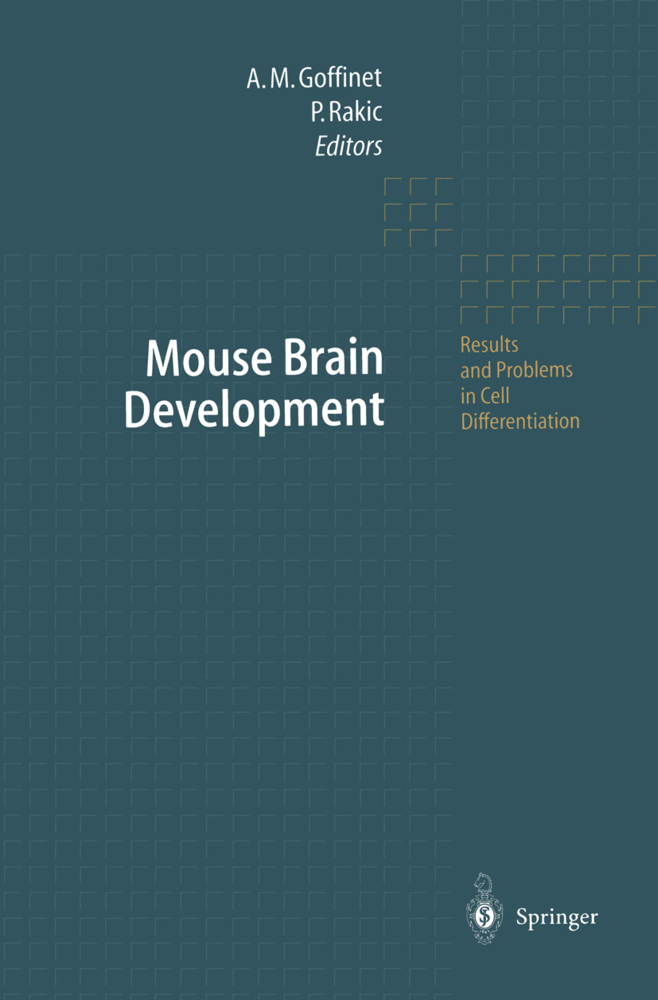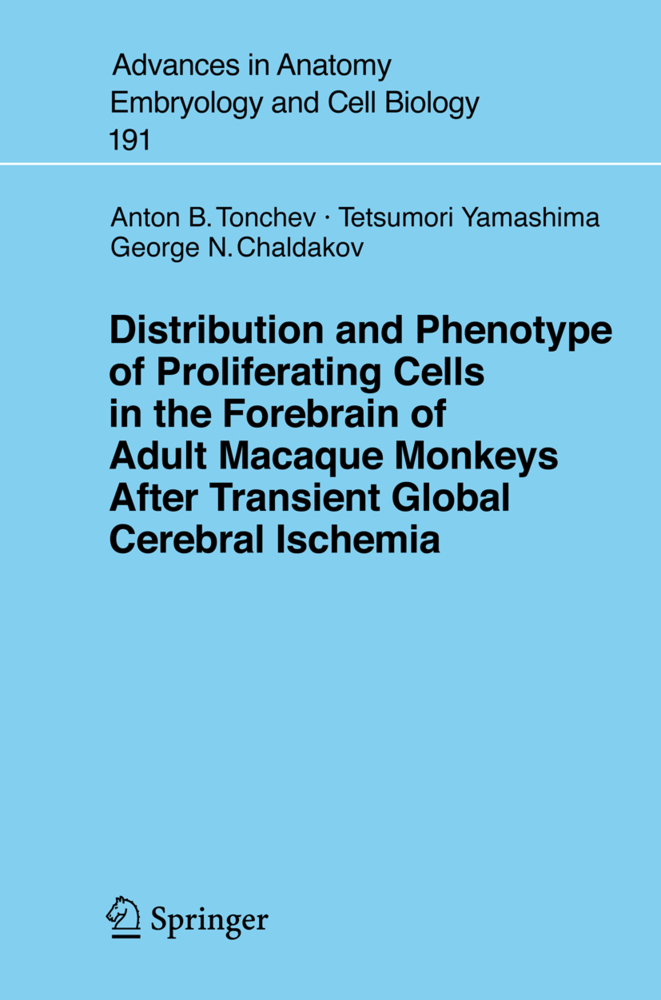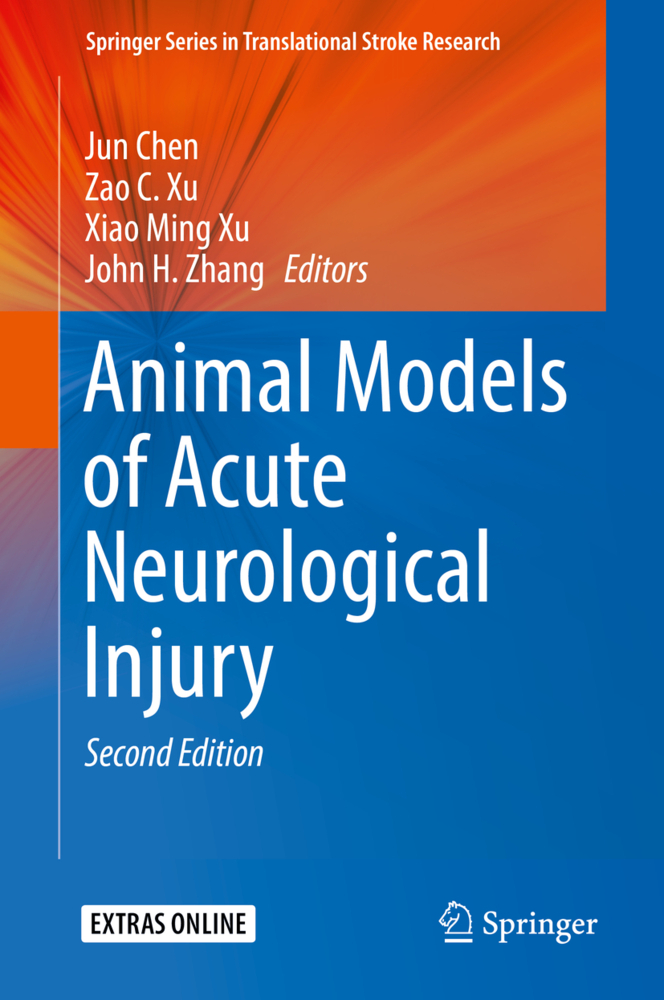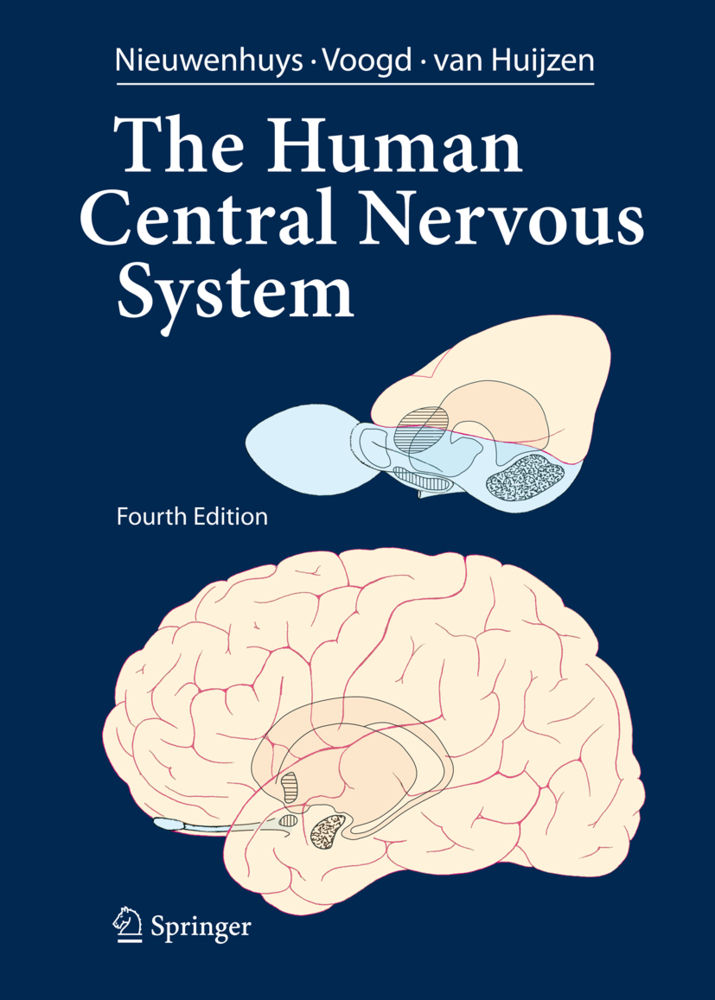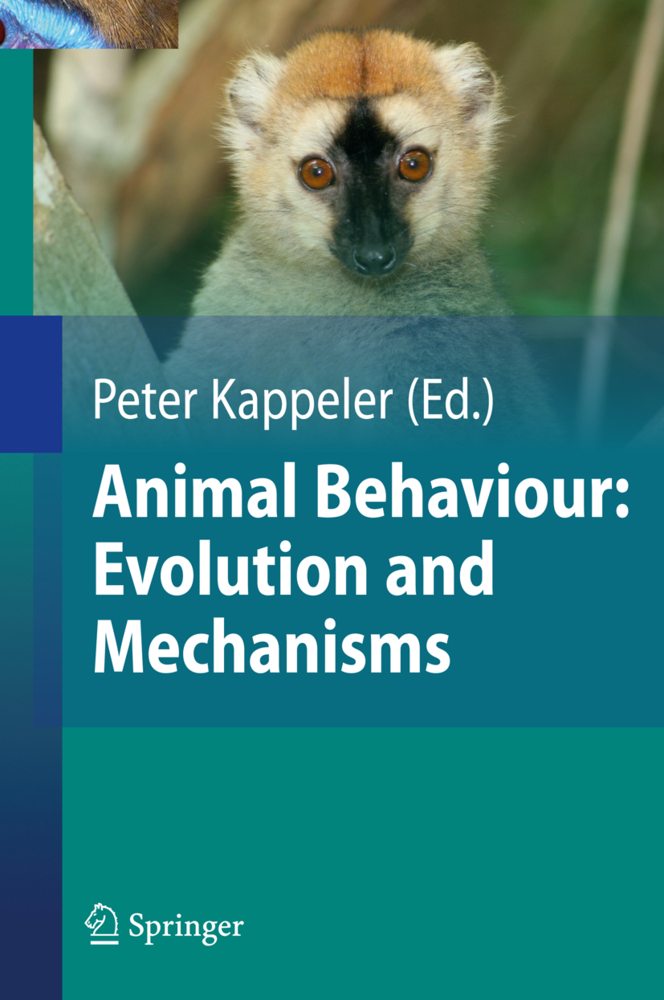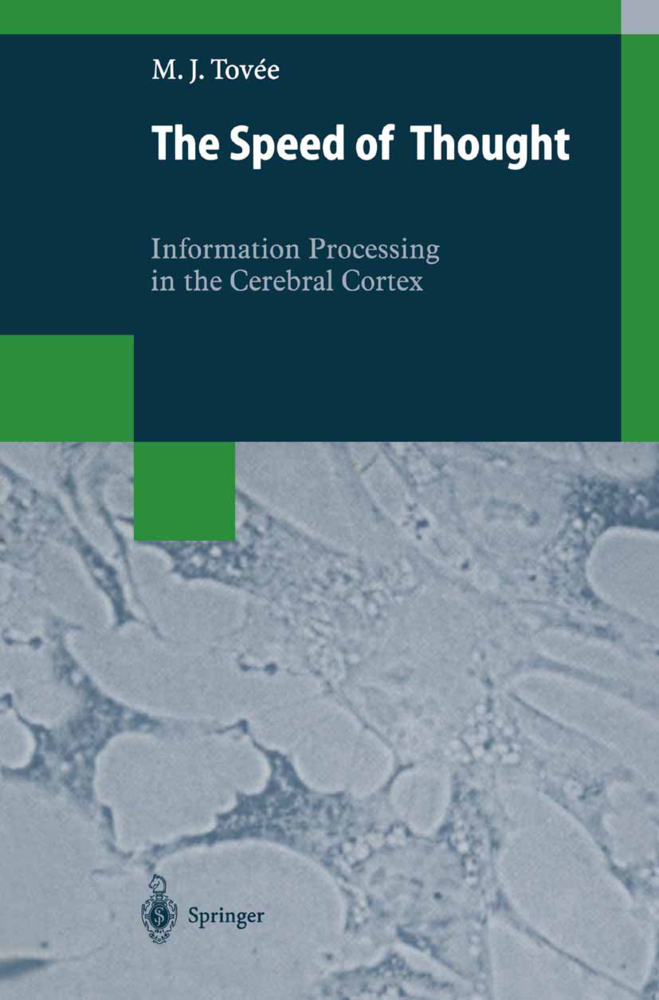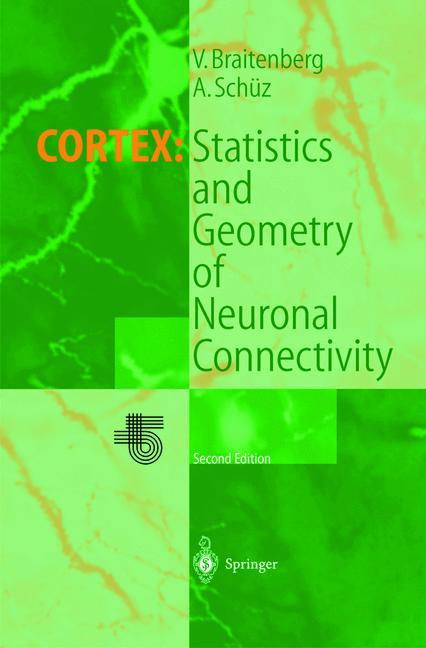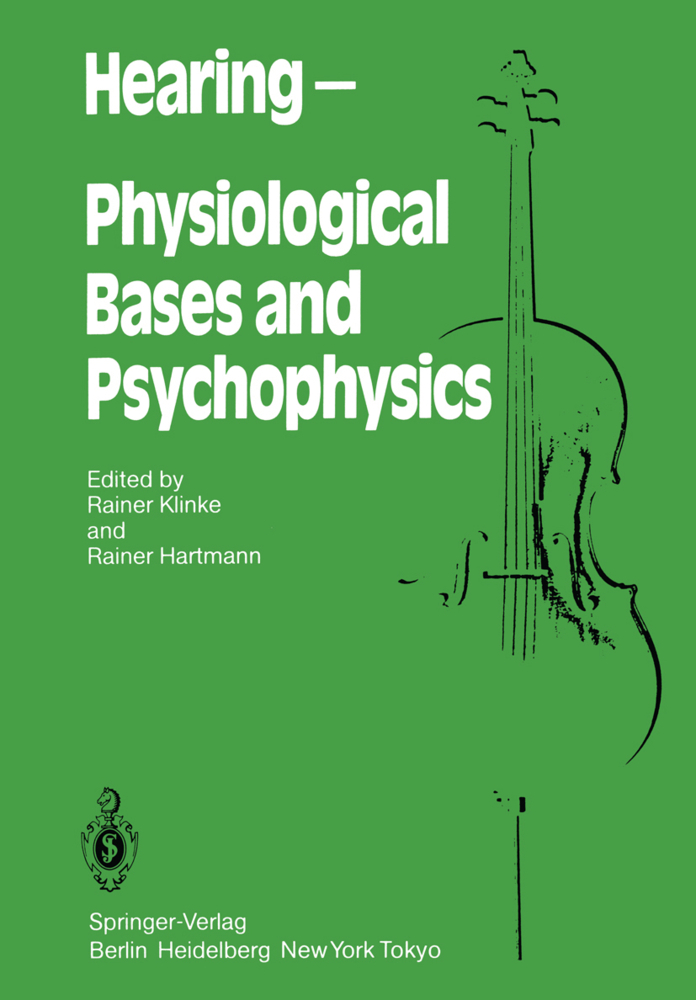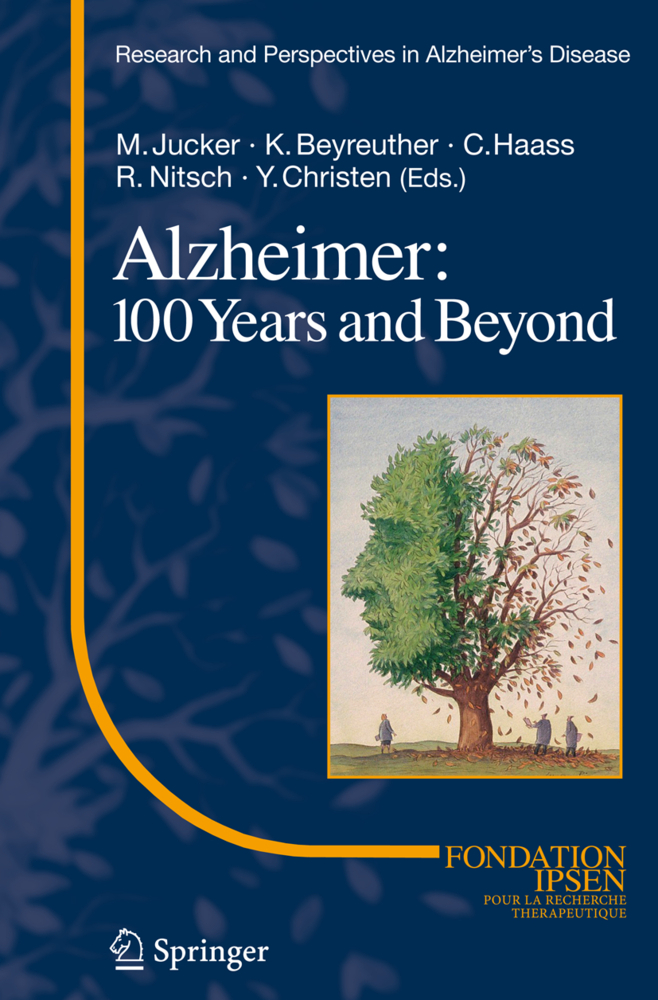The Reeler Mouse as a Model of Brain Development
The Reeler Mouse as a Model of Brain Development
Only five years ago, nobody in his right mind would have consid ered publishing a book on reeler as a model for brain develop ment. Although this interesting mutation has been with us for half a century, it is fair to say that, in spite of a wave of enthusiasm in the late sixties and early seventies, generated primarily by Sidman, Caviness and colleagues, studies of reeler mice fell pro gressively out of fashion during the next two decades. All that changed almost overnight when the cloning of the reeler gene, dubbed reelin, was reported in Tom Curran's laboratory in 1995. The fact that the same gene was identified at the same time independently by two other groups using positional cloning sug gested strongly that reelin was the right candidate. Although the key experiments of transgenic rescue have not been made (and perhaps will never be), the equation "reeler is reelin" has been established beyond reasonable doubt, as alterations of the reelin gene and/or its expression have been found in at least five alleles of reeler and in the mutation Shaking Rat Kawasaki (SRK), an ortholog of reeler.
1.2 The Early Development of the Normal Cerebral Cortex
1.3 Early Cortical Histogenesis in reeler Mutant Mice
1.4 The reeler Cerebellum
1.5 The reeler Inferior Olivary Complex
1.6 The Facial Nerve Nucleus and Other Targets
1.7 ECM Components and Cortical Development
2 Genetics of reeler and Genomics of reelin
2.1 Genetics and the Various Alleles of reeler
2.2 Mapping of reeler and Cloning of reelin
2.3 Genomic Organization of the reelin Gene
3 Topography and Cellular Localization of reelin mRNA and Protein Expression During Brain Development
3.1 reelin mRNA Expression During Development
3.2 Study of Reelin Protein Expression Using Antibodies to Reelin
3.3 Some Questions Raised by the Studies of Reelin Expression
4 The reeler Mutation and Brain Evolution
4.1 The Evolution of Brain Development: A New Theme?
4.2 Comparative Data on Cell Migration, Maturation, Synaptogenesis And Neurogenesis
4.3 Comparison of Cortical Plate Development in Emys and Lacerta
4.4 Reelin and a Model of Cortical Evolution
5 A Model of Cortical Development Inspired by reeler: Facts and Hypotheses
5.1 Early Hypotheses on the Actions of the reeler Gene on the Developing Brain
5.2 Mouse Disabledl and the Scrambler/yotari Mutations
5.3 Cyclin-Dependent Protein Kinase 5 and its Activator p35: Definition of a New Step in Mammalian Cortical Development
5.4 Reeler-Type Malformations and Human Neuropathology
References.
1 Brain Development in Normal and reeler Mice: The Phenotype
1.1 Some Introductory Background1.2 The Early Development of the Normal Cerebral Cortex
1.3 Early Cortical Histogenesis in reeler Mutant Mice
1.4 The reeler Cerebellum
1.5 The reeler Inferior Olivary Complex
1.6 The Facial Nerve Nucleus and Other Targets
1.7 ECM Components and Cortical Development
2 Genetics of reeler and Genomics of reelin
2.1 Genetics and the Various Alleles of reeler
2.2 Mapping of reeler and Cloning of reelin
2.3 Genomic Organization of the reelin Gene
3 Topography and Cellular Localization of reelin mRNA and Protein Expression During Brain Development
3.1 reelin mRNA Expression During Development
3.2 Study of Reelin Protein Expression Using Antibodies to Reelin
3.3 Some Questions Raised by the Studies of Reelin Expression
4 The reeler Mutation and Brain Evolution
4.1 The Evolution of Brain Development: A New Theme?
4.2 Comparative Data on Cell Migration, Maturation, Synaptogenesis And Neurogenesis
4.3 Comparison of Cortical Plate Development in Emys and Lacerta
4.4 Reelin and a Model of Cortical Evolution
5 A Model of Cortical Development Inspired by reeler: Facts and Hypotheses
5.1 Early Hypotheses on the Actions of the reeler Gene on the Developing Brain
5.2 Mouse Disabledl and the Scrambler/yotari Mutations
5.3 Cyclin-Dependent Protein Kinase 5 and its Activator p35: Definition of a New Step in Mammalian Cortical Development
5.4 Reeler-Type Malformations and Human Neuropathology
References.
Lambert de Rouvroit, Catherine
Goffinet, Andre M.
| ISBN | 978-3-540-64674-7 |
|---|---|
| Medientyp | Buch |
| Copyrightjahr | 1998 |
| Verlag | Springer, Berlin |
| Umfang | XI, 108 Seiten |
| Sprache | Englisch |

